In this third part of the US Army Meal Ready to Eat, or MRE, series we look at the primary ‘white bag’ Meal Cold Weather variations, writes Bob Morrison.
As previously mentioned, the standard MRE is only intended for use in temperate and hot (arid) deployment theatres. For cold weather deployments, particularly into the Arctic, ration packs with a higher calorific value are issued.
When we worked alongside the US Marines in Arctic Norway during Exercise BATTLE GRIFFIN 2005 they were still finishing off the last of the white bag Rations, Cold Weather (RCW) but also had some of the then new Meal, Cold Weather (MCW). Naturally, we ‘proffed’ the new one when offered a sample to take home, though we sampled both types during that exercise; incidentally, although the MCW appears to have been produced until at least June of this year, during the recent TRIDENT JUNCTURE 2018 in late autumn in mid-Norway we only saw US Marines consuming standard MREs from tan bags rather MCWs from white bags.The US Defense Logistics Agency states: “ The Meal, Cold Weather is intended for cold weather feeding, it will not freeze and supplies extra drink mixes for countering dehydration during cold weather activities. It can be issued at three per day for a complete cold weather ration. The MCW is packaged in a white camouflage pouch similar to the RCW.”
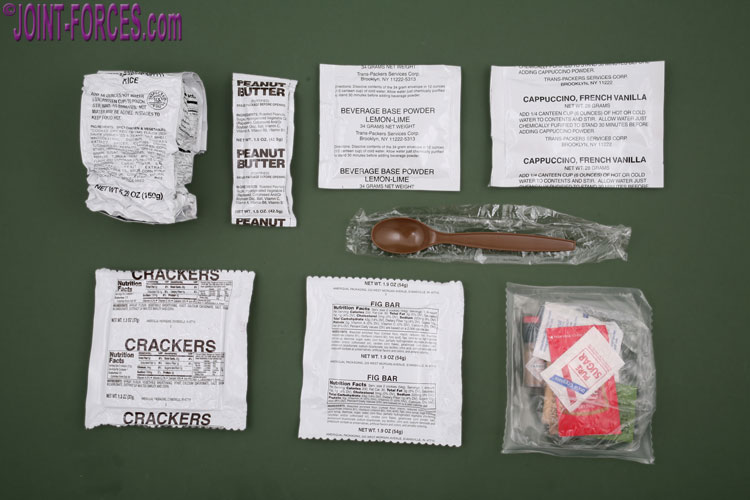
MCW Menu 1, clockwise from left: Entrée, Peanut Butter, Beverage, Cappuccino, Accessory Pack, Fig Bar and Crackers plus Spoon in centre right [©BM]
To be continued…
{ images © Bob Morrison unless noted }
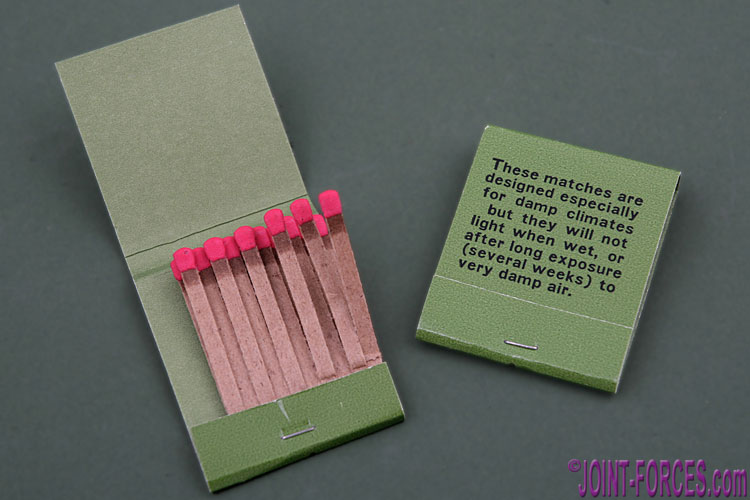
Matches were designed for damp climates, but text on cover stated they would not work when wet [©BM]
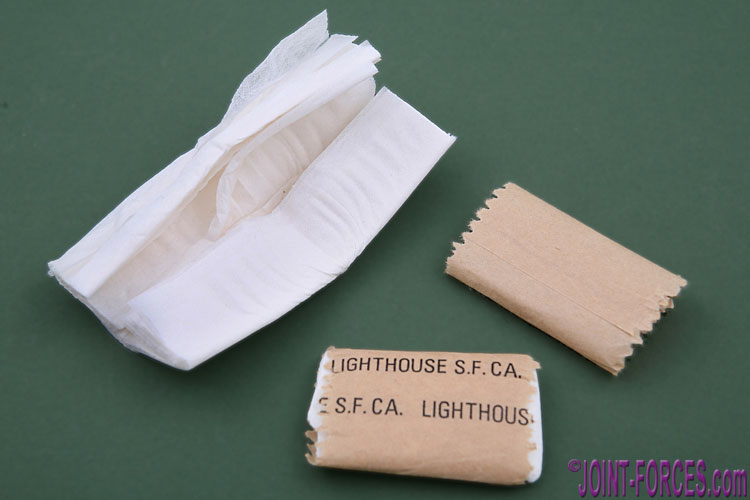
Toilet tissue, both unwrapped and in brown paper wrap – it smelled as if it may have be antiseptic treated [©BM]


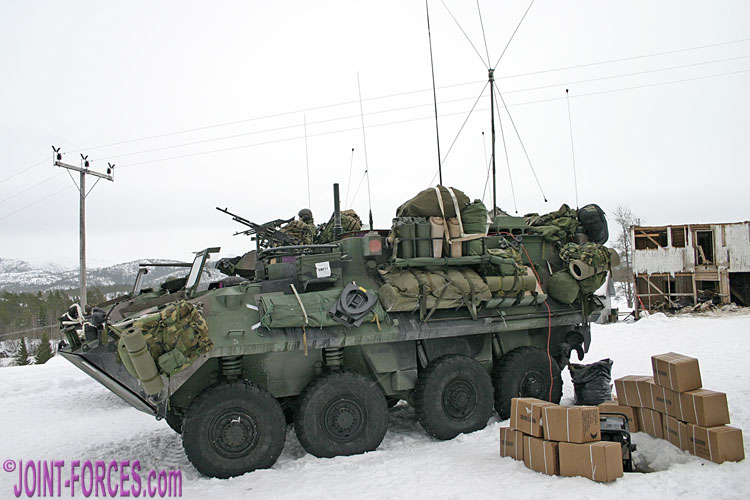
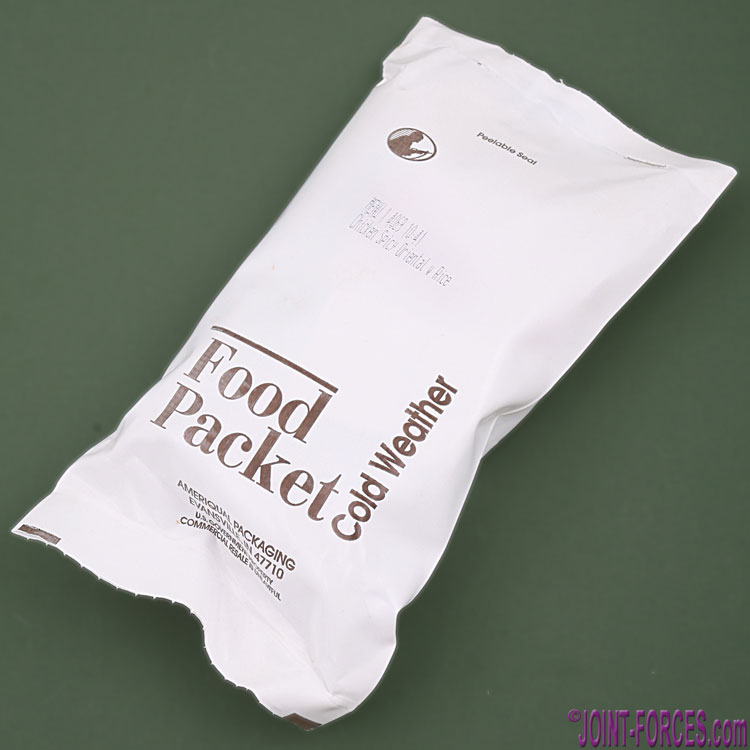
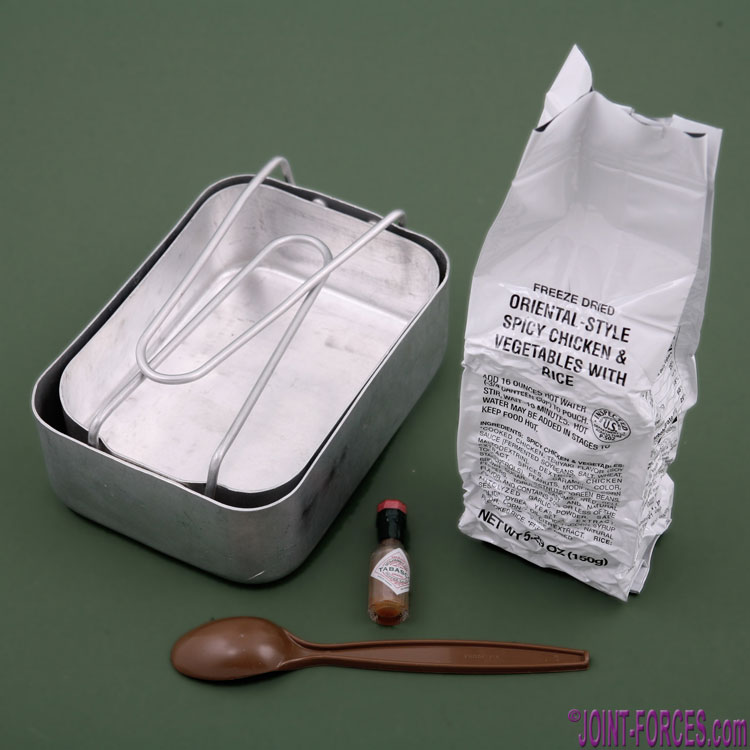
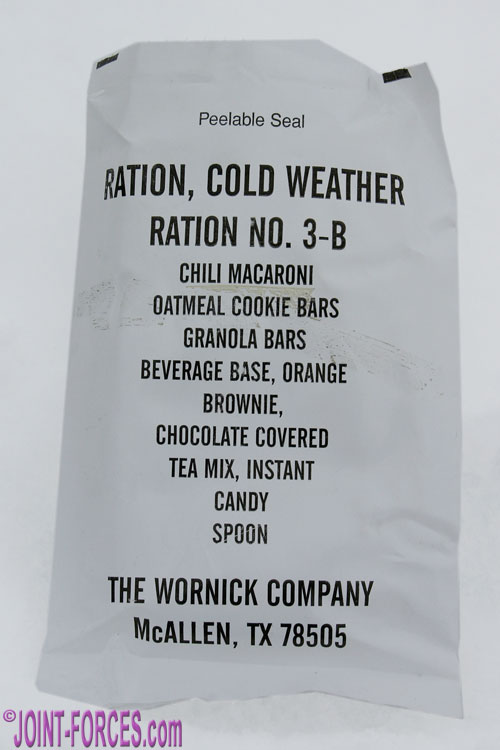
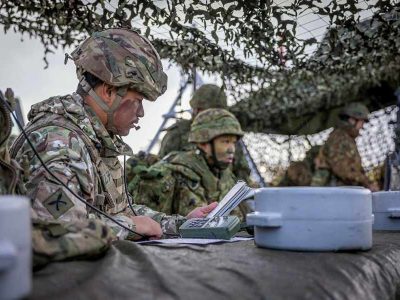
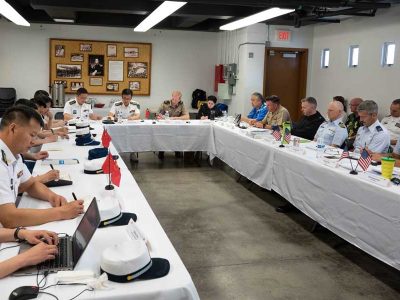
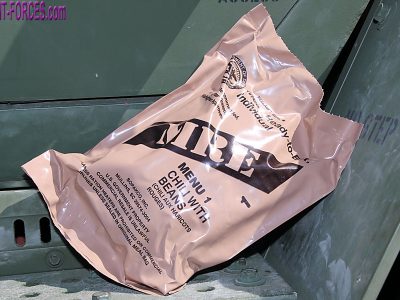
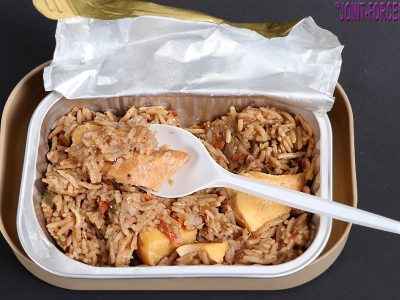





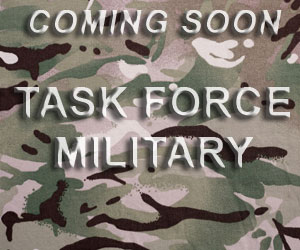
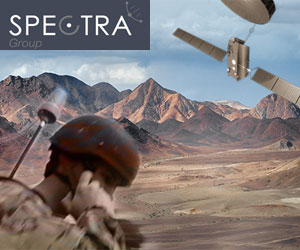







Pingback : Field Rations 24 ~ US MRE Part 5 ~ FP-LRP - Joint Forces News
Pingback : Field Rations 26 ~ US MRE Part 6 ~ XXVIII Batch - Joint Forces News